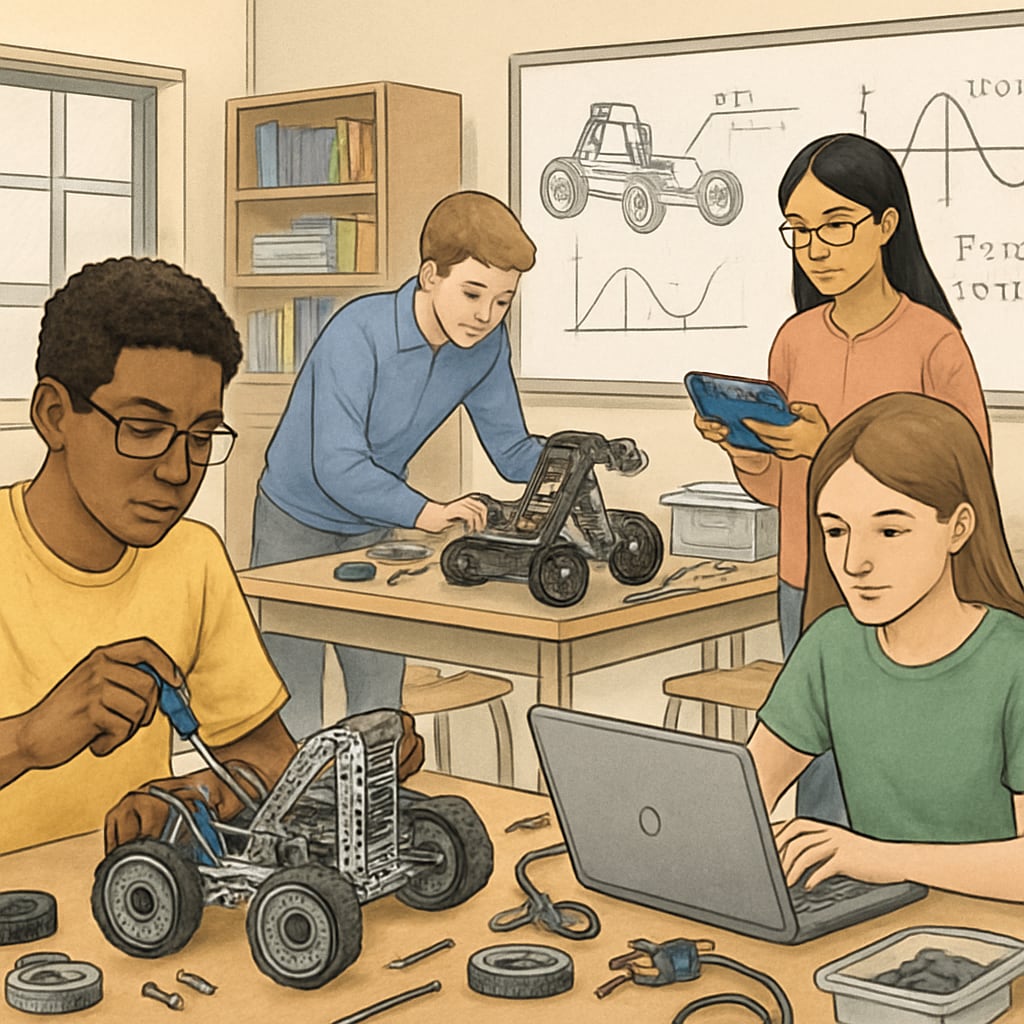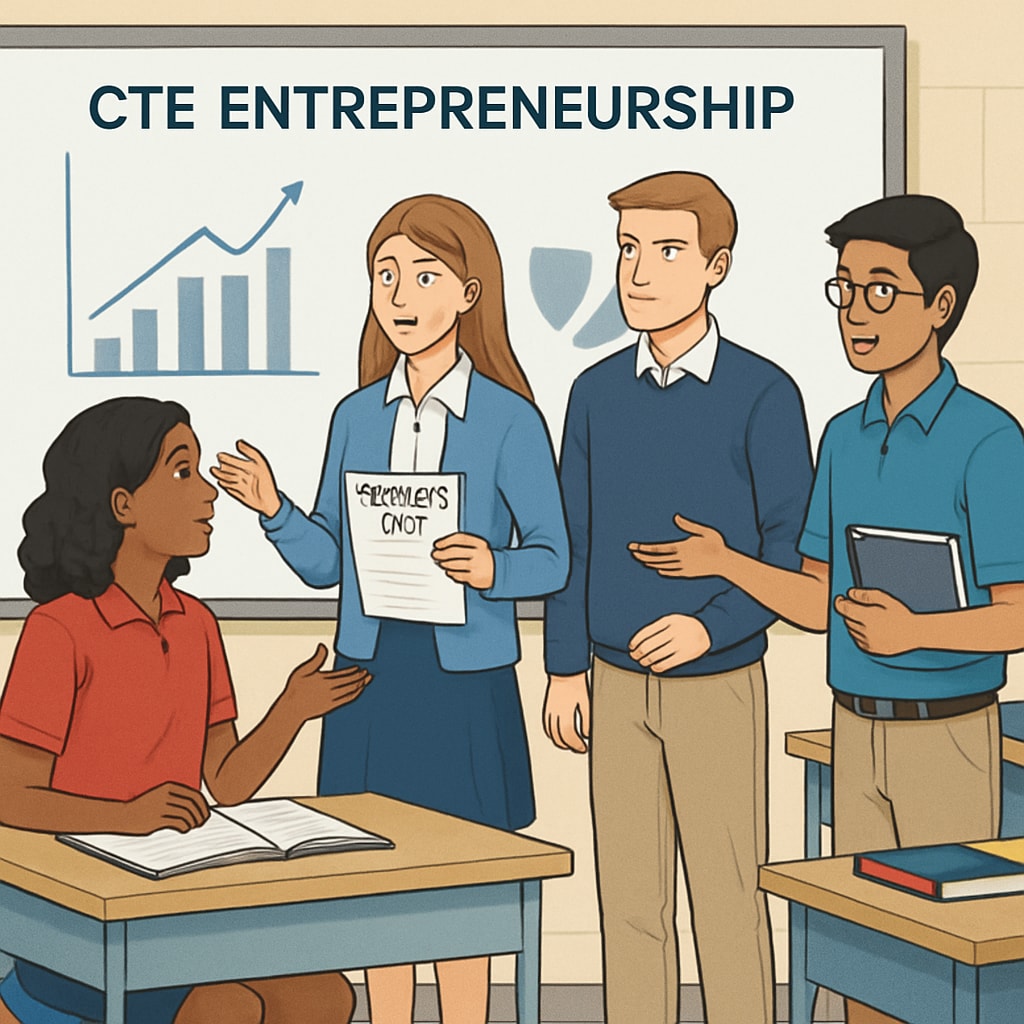Career and Technical Education (CTE) is making waves in the educational landscape, redefining how school districts approach traditional academics. By blending technical skills with core subjects like mathematics, science, and language arts, CTE programs are preparing students not only for college but also for direct entry into the workforce. This article explores the integration of CTE with traditional academics, its impact on student outcomes, and how districts organize these innovative programs.
Integrating Career and Technical Education with Traditional Academics
The fusion of Career and Technical Education with traditional subjects offers students a hands-on, applied learning approach. For example, in a CTE program focused on engineering, students may use geometry to design and construct prototypes, making mathematical concepts more tangible. This integration helps students see the relevance of academic subjects in real-world applications, fostering both engagement and deeper understanding.
In addition, integrating CTE with traditional academics promotes interdisciplinary learning. Subjects are no longer taught in isolation; instead, students are encouraged to connect the dots between their coursework and practical skills. This holistic approach ensures that learners acquire both theoretical knowledge and the technical expertise demanded by modern industries.

Positive Impact on Student Outcomes
One of the most significant benefits of CTE is its impact on student engagement and achievement. According to the Association for Career and Technical Education, students enrolled in CTE programs are more likely to graduate high school, with an average graduation rate of 95% compared to the national average of 85%. This success stems from the practical, career-focused nature of CTE, which motivates students to stay in school.
Moreover, CTE programs equip students with employability skills such as teamwork, communication, and problem-solving. These soft skills are highly valued in the job market and complement the technical skills acquired through the programs. As a result, graduates of CTE programs often find themselves better prepared for both higher education and employment.
Research also indicates that students in CTE courses perform better in standardized tests, as practical learning enhances their understanding of traditional subjects. For instance, a student who learns physics concepts while working on an automotive project may find it easier to grasp and apply theoretical principles.

How School Districts Implement CTE Programs
Implementing CTE programs requires careful planning and collaboration across school districts. There are several organizational models to ensure that CTE aligns seamlessly with traditional academics:
- Partnerships with Local Businesses: Many districts collaborate with local industries to design curricula that meet workforce demands. For example, a district may partner with a tech company to develop courses in coding and software development.
- Dedicated CTE Centers: Some districts establish specialized centers where students from multiple schools can access state-of-the-art facilities for subjects like healthcare, manufacturing, or agriculture.
- Integrated Pathways: Schools often create career pathways that blend CTE courses with traditional academics. For instance, a healthcare pathway might include biology, chemistry, and hands-on medical training.
These models ensure that CTE programs are not standalone but are woven into the broader educational experience. They also provide students with exposure to various career options, helping them make informed decisions about their futures.
The Future of Career and Technical Education
As industries continue to evolve, the demand for a workforce skilled in both technical and academic disciplines will grow. CTE programs are well-positioned to meet this need, and their integration with traditional academics ensures that students are prepared for the challenges ahead. By fostering innovation and collaboration, CTE is not just reshaping education—it is shaping the future.
For educators and policymakers, the success of CTE programs serves as a reminder of the importance of adaptability in education. By embracing new teaching methods and forging partnerships, school districts can create learning environments where every student thrives.
Readability guidance: This article uses short paragraphs and lists to summarize key points effectively. Transition words such as “for example,” “in addition,” and “as a result” are used throughout to ensure a smooth reading experience. Passive voice is minimized, and technical terms are explained where necessary.


